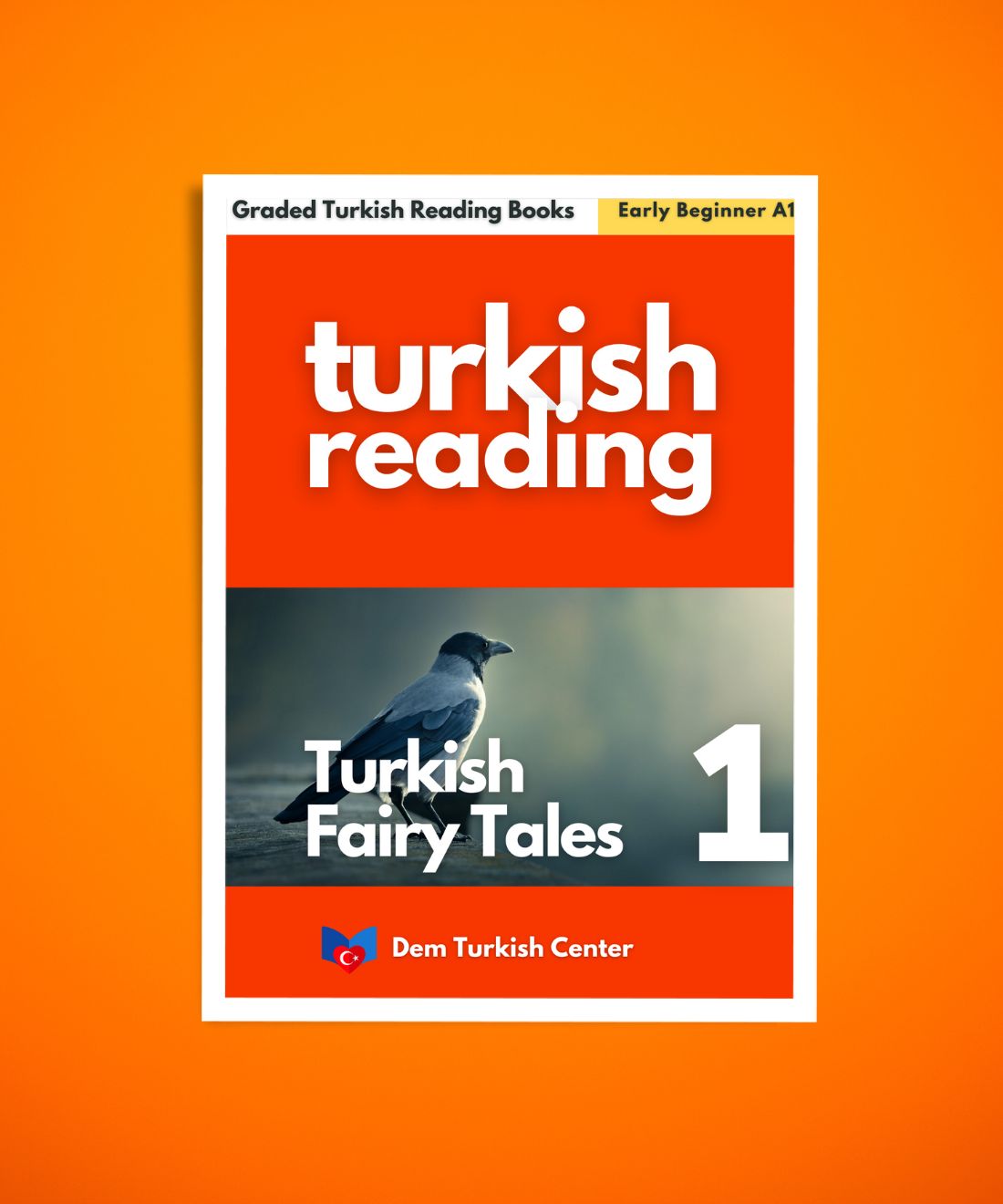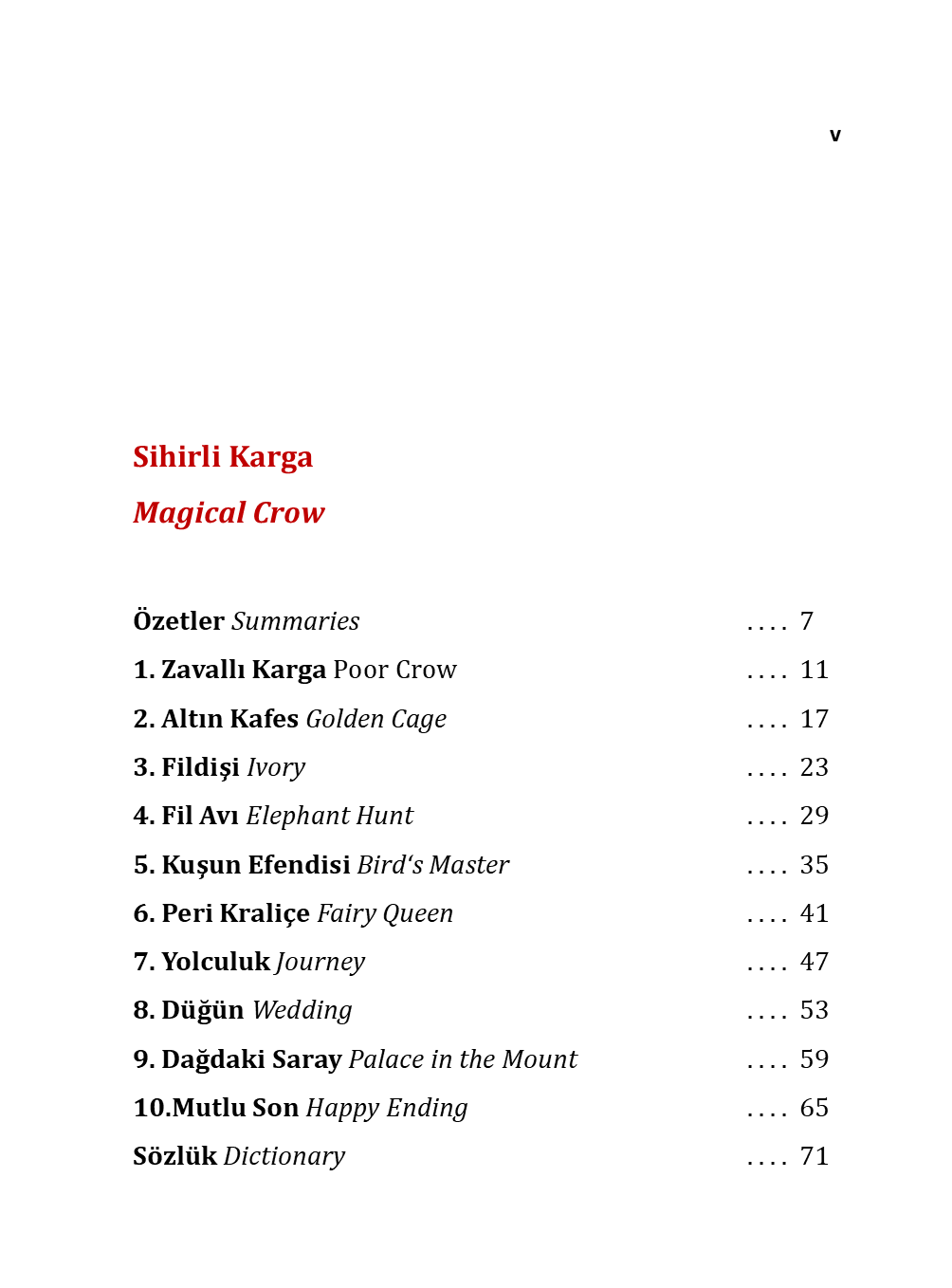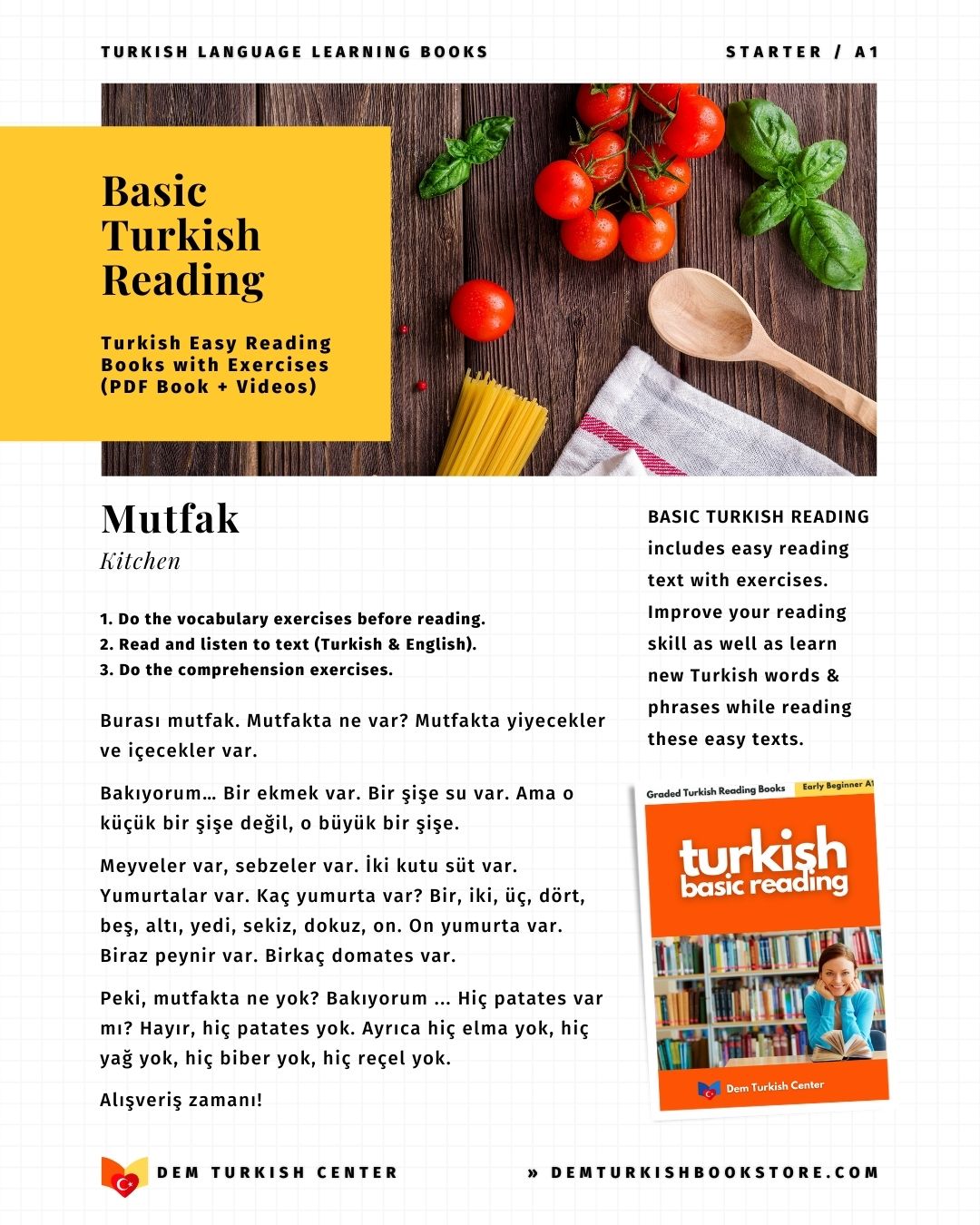
The Secrets of the Ottoman Harem: A World of Power, Passion, and Palace Intrigue
Imagine a place where the air was thick with the scent of jasmine and ambergris, where the rustle of silk gowns echoed through gilded corridors, and where the fate of an empire was often decided not on the battlefield, but in whispered conversations behind latticed screens. This was the Ottoman Harem—a world of dazzling opulence, fierce ambition, and carefully guarded secrets.
Far from the Orientalist fantasies of Western paintings, the Harem was a sophisticated political institution, a sanctuary of education and strategy, and above all, a place where women carved out legacies that shaped history. In this immersive journey, we’ll peel back the layers of time to uncover the true stories of the Harem’s most powerful women, the intricate rituals that governed daily life, and the hidden dramas that unfolded behind its ornate doors.
THE SECRETS OF THE OTTOMAN HAREM
Listen to this podcast interview about the The Secrets of the Ottoman Harem":
The Pic History Of Turkey Through The Ages
Hürrem Sultan: From Slave to Ottoman Empress
1. The Harem: A Sanctuary of Power and Mystery
Beyond the Myths
The word "harem"—derived from the Arabic "ḥarīm", meaning "sacred" or "forbidden"—referred to the private quarters of the imperial household, a space reserved for the sultan’s family, concubines, and servants. While European artists painted it as a sensual paradise, the truth was far more nuanced:
- A School of Diplomacy Young women, often taken as slaves from conquered regions, were educated in languages, music, religion, and statecraft.
- A Political Nexus Alliances were brokered here, heirs were groomed, and the empire’s future was quietly steered by its women.
- A Mirror of the Empire The Harem’s inhabitants came from Greece, Russia, Venice, and beyond, making it a melting pot of cultures.
The Architecture of Seclusion
The Harem within Topkapı Palace was a labyrinth of courtyards, baths, and apartments designed for both privacy and control:
- The Courtyard of the Valide Sultan—the heart of power, where the sultan’s mother held court.
- The Golden Road—a path only the sultan could walk, leading to the concubines’ quarters.
- The Baths of Roxelana—where rituals of beauty and bonding took place.
Topkapi Palace: Istanbul's Iconic Museum
2. The Women Who Ruled from the Shadows
The Valide Sultan: Mother of the Empire
The most powerful woman in the Ottoman Empire was not the sultan’s wife, but his mother. As "Valide Sultan", she:
- Controlled access to her son, influencing appointments and policies.
- Orchestrated marriages to secure alliances (princesses were rarely wed—instead, high-ranking pashas married Harem women).
- Commissioned mosques and charities, shaping her public image as a benevolent matriarch.
Legendary Valide Sultans:
- Hürrem Sultan (Roxelana) The Ukrainian concubine who broke tradition by marrying Suleiman the Magnificent and advocating for her sons’ succession.
- Kösem Sultan The Venetian-born queen mother who ruled as regent for two sons and her grandson, navigating wars and rebellions with cunning.
The Haseki Sultan: The Sultan’s Heart
The "Haseki"—chief consort—held unparalleled influence if she bore the heir. "Nurbanu Sultan", a Venetian noblewoman captured by pirates, became a master strategist, ensuring her son Murad III’s rise while maintaining ties with Venice.
Ottoman Palaces: Exploring Imperial Heritage in Istanbul
3. Life in the Gilded Cage: Beauty, Danger, and Survival
The Path of a Concubine
Most women entered the Harem as slaves, but their futures could diverge dramatically:
- Training They studied Turkish, Islamic law, embroidery, and music.
- Ranking Only those who caught the sultan’s eye became "ikbal" (favorites). Fewer still bore children.
- Motherhood A son could elevate her to "Haseki"; a daughter might secure a strategic marriage.
The Perils:
- The Law of Fratricide New sultans often executed brothers to prevent civil war.
- The Cage (Kafes) Unsuccessful heirs lived in isolated luxury, some driven to madness.
A Day in the Harem
- Morning prayers in the ornate "Harem Mosque".
- Lessons in poetry, calligraphy, or diplomacy.
- Hamam rituals where alliances were forged in steam and scented oils.
- Nightly entertainment—music, dance, and storytelling beneath lantern light.
4. The Silent Architects: Eunuchs and Servants
The Black Eunuchs: Guardians of the Threshold
Castrated slaves from Ethiopia or Sudan, they were the Harem’s gatekeepers and spies:
- The Chief Eunuch (Kızlar Ağası) could deliver petitions directly to the sultan.
- Some became fabulously wealthy, managing vast estates and even influencing foreign policy.
The Kalfas: Women of the Inner Circle
Senior servants—often former concubines—ran the Harem’s daily operations, from finances to diplomacy.
5. The Harem’s Legacy: From Glory to Abolition
The Slow Fade
By the 19th century, reforms and Westernization diminished the Harem’s political role. The last powerful "Valide Sultan", "Bezmiâlem", died in 1853, and the palace’s secrets gradually dissolved into history.
Why the Harem Still Fascinates Us
Its legacy lives on in:
- Literature From Peyami Safa’s novels to Orhan Pamuk’s "My Name is Red".
- Pop Culture TV series like Magnificent Century dramatize its intrigues.
- Feminist Reinterpretations Scholars now highlight the agency of Harem women.
Epilogue: The Harem’s Whispered Truths
The Ottoman Harem was neither a prison nor a pleasure den—it was a uniquely female sphere of power in a male-dominated world. Here, women like Hürrem and Kösem defied expectations, shaping an empire while navigating a world of silk and swords.
What would you ask a Harem woman if you could? Share your thoughts below!













